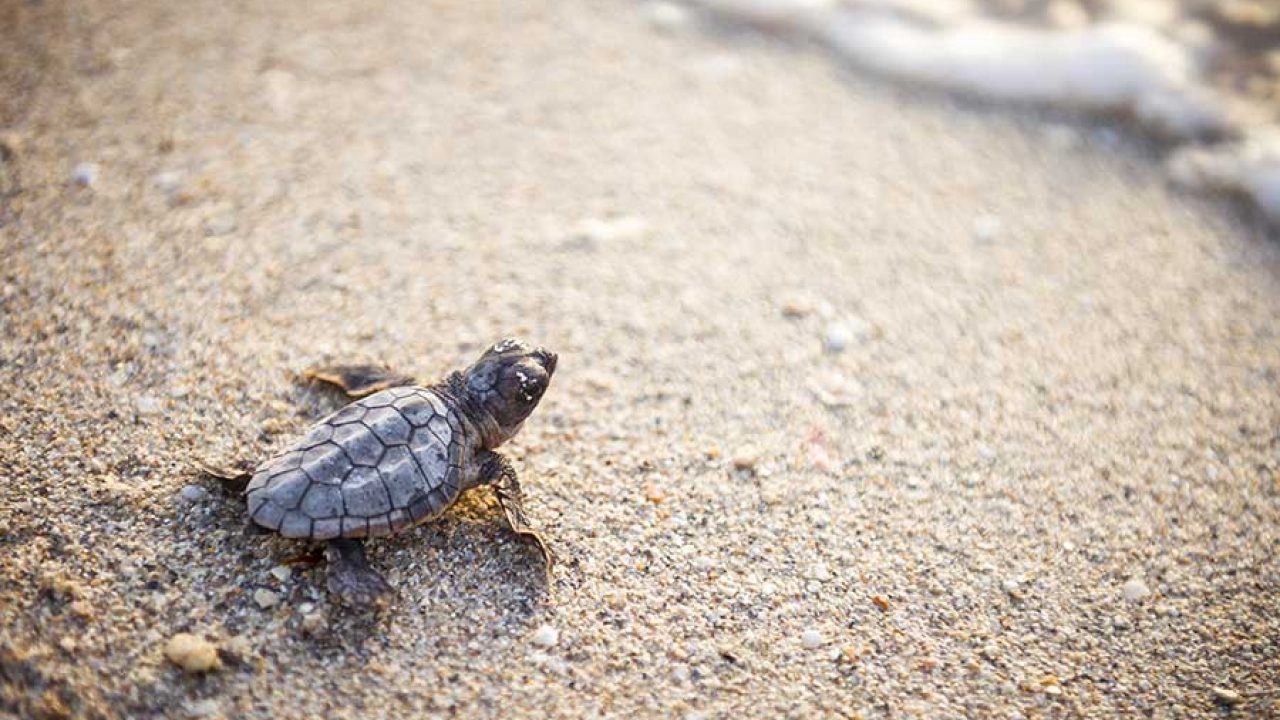advertisement
Technology Helping Lead The Fight Against Illegal Turtle Trafficking
Researchers are using 3D-printed “decoy eggs” with GPS-tracking that can be used to trace the spread and isolate main offenders…

Researchers are using 3D-printed “decoy eggs” with GPS-tracking that can be used to trace the spread and isolate main offenders or smugglers. Produced by conservation group Paso Pacifico, the decoy eggs were designed in submission to the Wildlife Crime Tech Challenge, held by the United States Agency for International Development.
The study’s lead author Helen Pheasey said, “we showed that it was possible to track illegally removed eggs from beach to end consumer as shown by our longest track, which identified the entire trade chain covering 137 kilometers.”
Pheasey also confirmed placing the decoys into turtle nests did not damage the incubating embyros, ensuring that the tracking could be done without risk.
advertisement
For added confirmation, the team tested the decoys in the field, placing the eggs in turtle nests in Costa Rica. A quarter of the fake eggs were illegally removed, allowing researchers to track their movements. While some of these eggs only made it to nearby bars and residential areas, one made it almost 85 miles inland.
According to Williams-Guillen, while it’s a strong start, this technology is far from the only solution. “It really must be used in the context of a multi-pronged conservation approach that uses education, building better economic opportunities, and enforcement to help fight sea turtle egg poaching.
While digital technology will not conserve biodiversity on its own, technologies such as the one mentioned above, satellite transmitters, drones and acoustic monitoring devices are already being deployed and hold great potential in the protection of endangered species.
advertisement